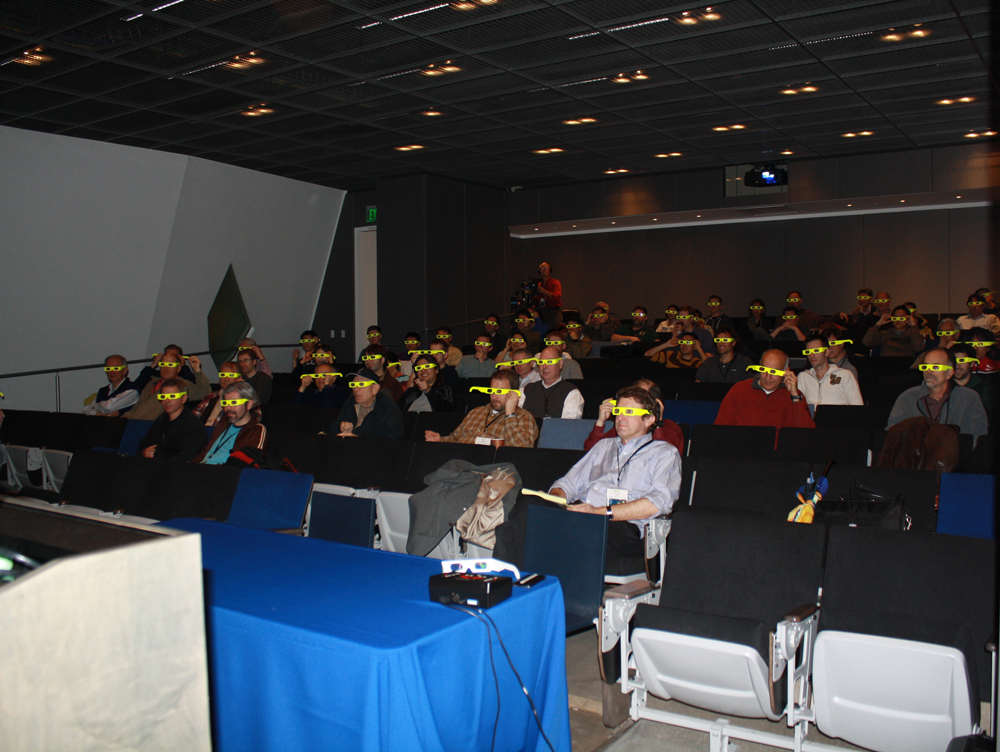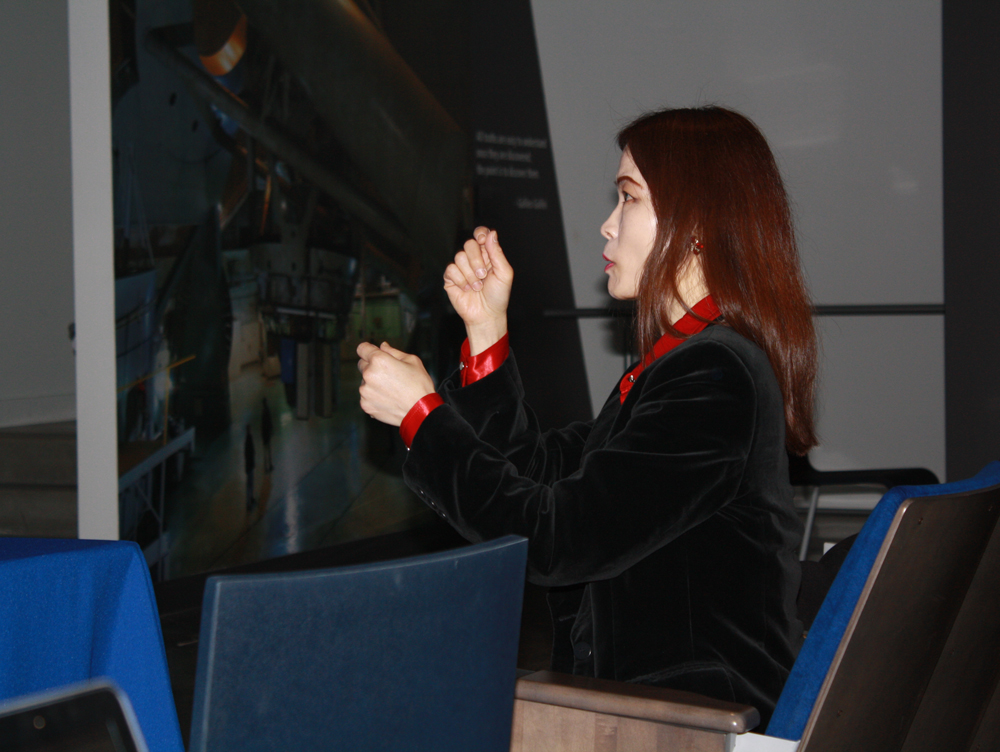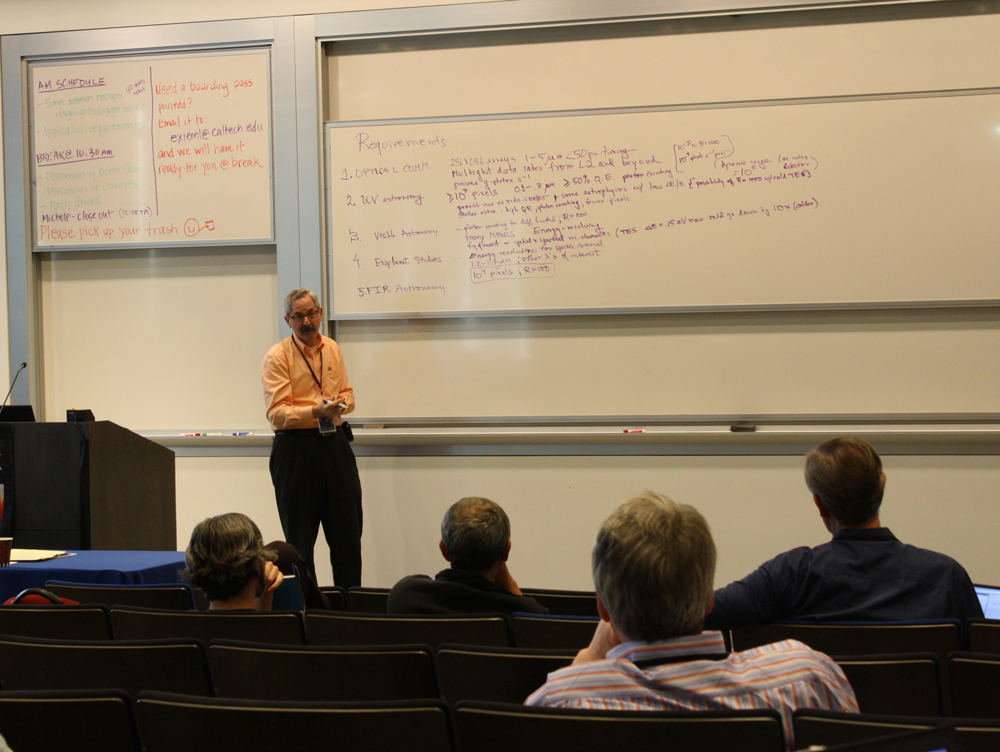Workshop Overview:
This study will significantly advance the capability to build single photon counting array detectors at submillimeter to ultraviolet wavelengths for astronomy, including optical single photon detectors for communications. The ability to count single photons offers the ultimate sensitivity for imaging and spectroscopic astronomical instruments. This sensitivity is required to achieve astronomical background limited sensitivity in the submillimeter-far infrared wavelength range which will surely be exploited in follow-on missions to Spitzer and Herschel, as well as to GALEX at ultraviolet wavelengths. Single photon counting detection offers the potential for energy resolving arrays that can carry out low-resolution spectroscopic imaging without the complexity or loss from wavelength-selective devices. This capability is required for the highest performance coronagraphs envisioned for future exoplanet detection missions.
Single photon detectors are essential to optimize high bandwidth optical communication links to distant spacecraft whose data rates will themselves be growing rapidly. In the initial phase of this study, we will examine a number of single photon detection concepts at different stages of development. By using two workshops, and activating study groups involving JPL, Caltech, industry, and researchers at other academic institutions, we will develop a plan for advancing the state of the art. We will select for further study a subset of promising technologies in different spectral regions and at different stages of development. This selection will be done on the basis of technical issues combined with possibilities for use in space missions currently under consideration.
We see this program as a synergistic one between these different concepts in terms of basic physics, materials, fabrication, readout techniques, and testing; one that will result in a "quantum leap forward" for single photon counting detector technology.













